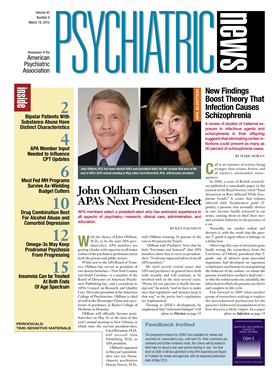Health and Human Services (HHS) Secretary Kathleen Sebelius announced last month the availability of federal money to stimulate use of health information technology among physicians and to provide financial relief to struggling state Medicaid programs.
The money for both initiatives is made possible by the American Recovery and Reinvestment Act of 2009, according to a statement by HHS.
Sebelius announced that the federal government was providing a $4.3 billion increase to states in the federal share of Medicaid costs, referred to as “federal medical assistance percentage payments” (FMAP).
The additional money will be used to reduce the amount that states have to pay the federal government under the Medicare Prescription Drug Improvement and Modernization Act to offset the cost of prescription drug coverage for “dual eligibles”—those state residents who qualify for both Medicare and Medicaid. Many such patients are mentally ill.
(Prior to enactment of the law, which created the Part D prescription drug program, state Medicaid programs covered prescription drug costs for dual-eligible individuals. Now states must make a “clawback” payment—that is, reimburse the federal government for a portion of the costs of drug coverage assumed by the federal government.)
Sebelius said in a written statement that the higher FMAP provided by the recovery act funds results in a temporary reduction of the states' share of spending and therefore in their clawback obligation.
“We believe today's action will help states as they struggle to maintain Medicaid and other budget priorities in these difficult economic times,” said Sebelius. “This relief will help states continue to provide critical health care services to the nearly 60 million beneficiaries who depend upon it.”
The temporary adjustment in the clawback payments will be applied for the period October 1, 2008, through December 31, 2010.
Additionally, Sebelius and Labor Secretary Hilda Solis announced more than $750 million in recovery act awards to help health care providers advance the adoption of health information technology and train workers for the health care jobs of the future.
Of the over $760 million investment, $386 million will go to 40 states and qualified State Designated Entities to facilitate health information exchange at the state level, while $375 million will go to support the development of “regional extension centers” to help health professionals implement and use health information technology.
“These grant awards, the first of their kind, will help develop our electronic infrastructure and give doctors and other health care providers the support they need as they adopt this powerful technology,” Sebelius said in a statement.
More information about the health information technology grants and the State Designated Entities and regional extension centers is posted at <www.hhs.gov/healthit/>. 
